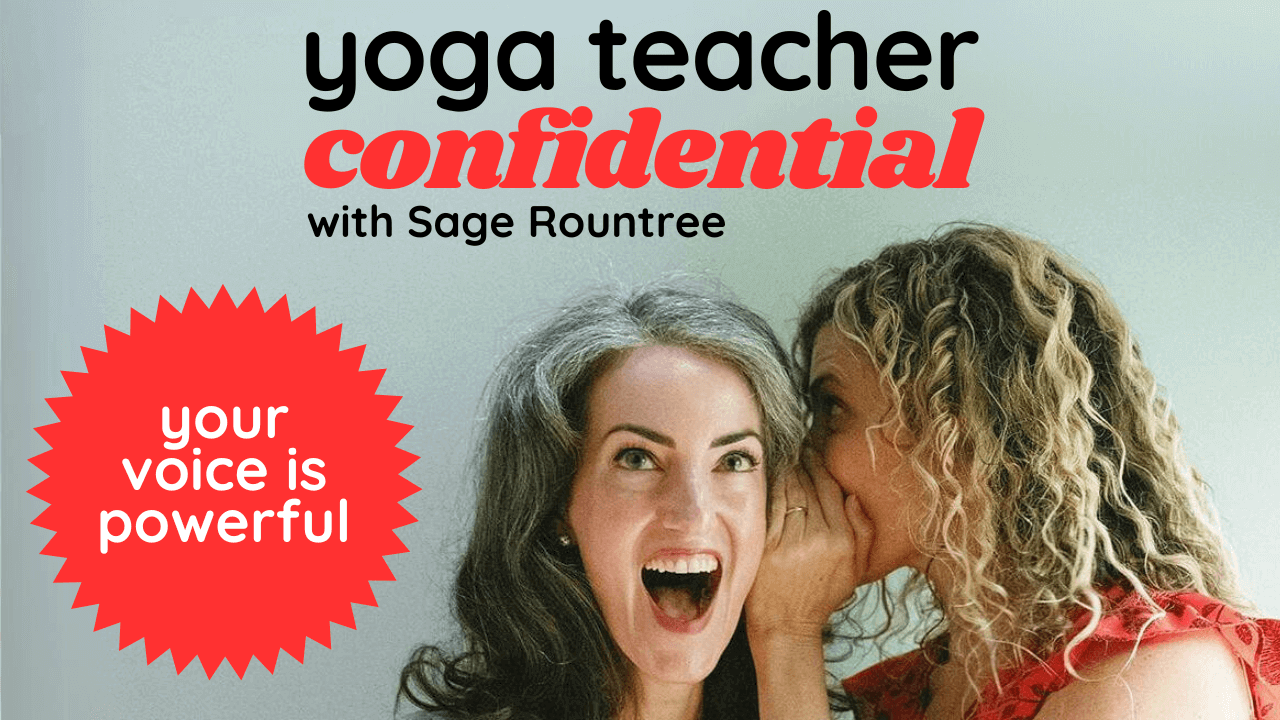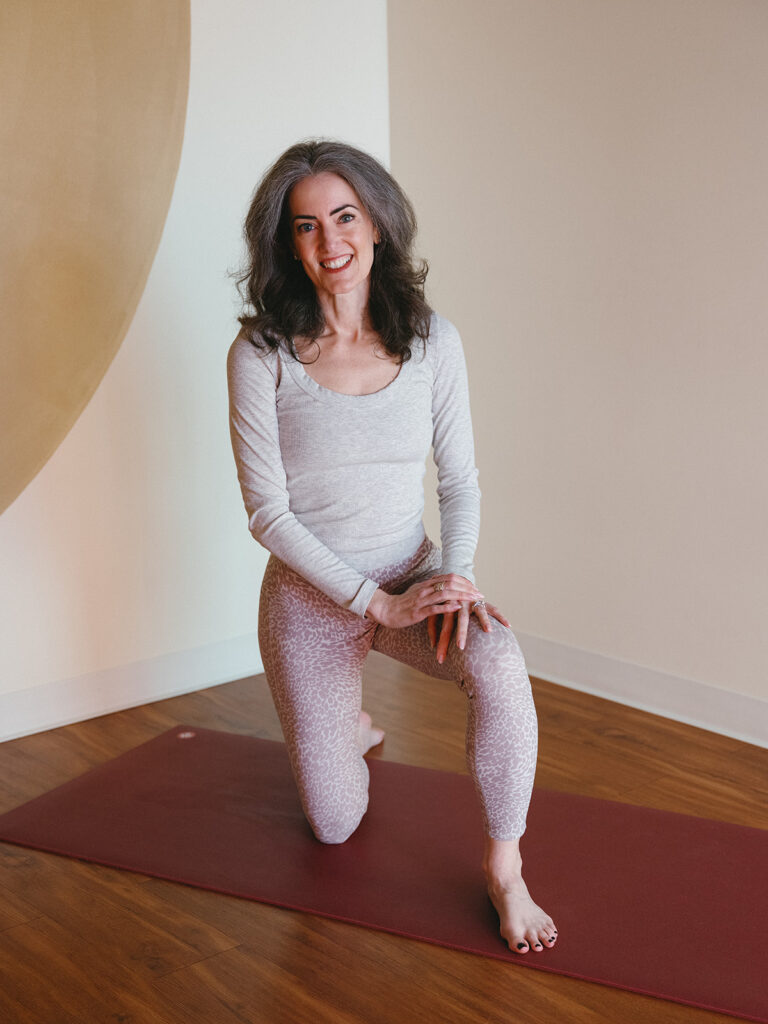Theming is one of the most powerful tools in a yoga teacher’s toolkit. It transforms a class from a simple sequence into a meaningful experience—one that stays with students long after they leave the mat. But even as much as we want to offer this elevated feeling to our students, theming can feel intimidating.
How do you choose a theme that resonates? How do you make it personal yet universal? And how do you incorporate yoga philosophy without feeling like you need a PhD?
In season 1, episode 21 of Yoga Teacher Confidential, I sit down with my longtime collaborator Alexandra DeSiato to talk about all things theming. If you’ve ever struggled to weave themes into your classes in a way that feels natural and authentic, this conversation is for you.
why theming matters
Theming is what gives your classes depth. Sure, a well-structured sequence is important, but the theme is what elevates the experience, making your teaching more engaging and memorable. As I like to say, if sequencing is the meal, theming is the wine pairing—or kombucha, if that’s more your vibe. It enhances everything.
A strong theme does a few things:
✔️ It provides an emotional throughline that ties the class together.
✔️ It gives students something to reflect on beyond just movement.
✔️ It helps differentiate your teaching and create a signature style.
✔️ It builds confidence—both for you and your students.
But you don’t have to overcomplicate it. Simple can be most powerful!
making theming personal and universal
A theme lands best when it’s both personal and universal. This is something Alexandra and I really emphasize in our new book, Teaching Yoga Beyond the Poses, Volume 2. (If you’re a completist who wants to start at the beginning, read Teaching Yoga Beyond the Poses, our bestseller.)
When you bring in a theme, it’s helpful to share a personal connection—but not in a way that makes it all about you. Students don’t need to hear your life story in detail, but they do appreciate authenticity. A small, specific story can make the theme more relatable.
For example, Alexandra tells a hilarious story in the book about her daughter putting up a sign that said “No Blonde Mommies” after Alexandra surprised her family with a new hair color. It’s a small, funny detail, but it gets at a much larger, universal experience: the challenge of change, the need for independence, and the ways we process emotions. When she uses this story as part of a class theme, students don’t just hear about her experience—they start reflecting on their own.
overcoming the fear of teaching yoga philosophy
Let’s talk about the elephant in the room: yoga philosophy can feel intimidating to teach. Many teachers worry, Who am I to talk about this? They wonder if they need years of study before they can confidently bring in concepts like ahimsa or santosha.
But you don’t need to be a scholar to share yoga philosophy in an accessible way.
Start with what resonates with you. If a concept like santosha (contentment) speaks to you, explore it in your own life first. What does it mean to you? How do you struggle with it? How have you seen it show up in your practice?
When you share from a place of lived experience, your teaching becomes more authentic. And remember, yoga philosophy isn’t about delivering a lecture—it’s about offering ideas that students can take and explore on their own terms.
what’s new in Teaching Yoga Beyond the Poses, Volume 2
If you loved the first book, you’ll love Volume 2 even more. It’s packed with 54 brand-new themes and a refined approach to theming that we’ve developed over the past five years.
Some of the key updates include:
- An evolved theming template that helps you structure themes more effectively.
- New themes based on yoga philosophy, mythology, and everyday life, making it easy to find something that speaks to you.
- A “takeaway” section for each theme—something small students can carry with them after class, whether it’s a quote, a journal prompt, or even a little physical token (yes, there’s a nail polish idea in there!).
- A collection of themes on social justice and yoga, because theming isn’t just about inspiration—it’s also about making yoga a more inclusive and meaningful space.
your voice is powerful
If you take one thing away from this episode, let it be this: your voice is powerful. Your students are there for a reason. They trust you to guide them, to share something meaningful, and to create an experience that goes beyond just movement.
So don’t be afraid to theme. Start small. Find something that resonates. Share it in a way that feels natural to you. And trust that your words will reach the students who need them.
📖 Order Teaching Yoga Beyond the Poses, Volume 2, today!
🎧 Listen to the full episode:


